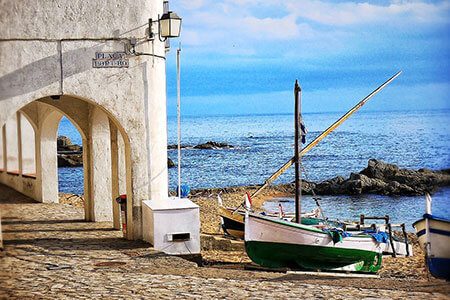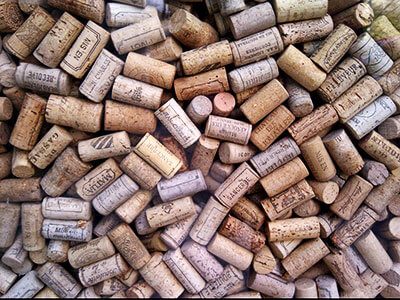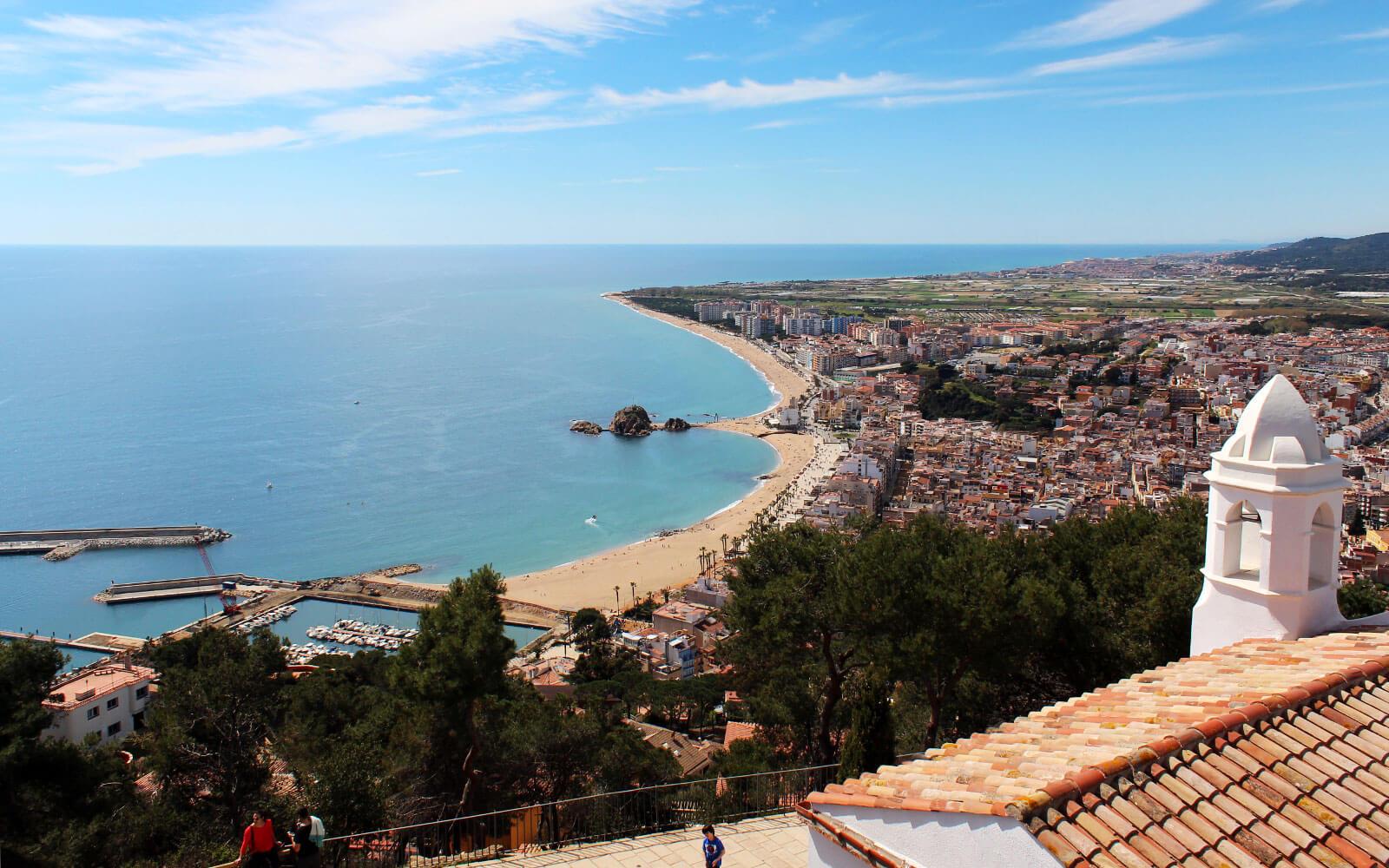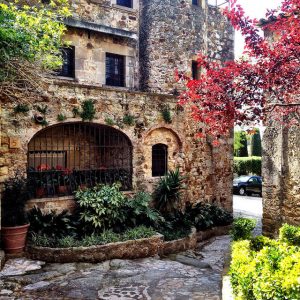 The former playground of artists, the Costa Brava’s beauty lies not just in its breathtaking coastline, but in the charm of its many towns and hidden gems.
The former playground of artists, the Costa Brava’s beauty lies not just in its breathtaking coastline, but in the charm of its many towns and hidden gems.
While the coast is a must-see (anything that inspires artists like Picasso and Dalí deserves our attention), the region is packed with intimate and enchanting experiences you won’t find on a postcard.
The Costa with the Mosta
(Sorry! Couldn’t resist.)

The Costa Brava is a coastal region of northeastern Spain extending about 120 kilometres (75 miles) along the Mediterranean Sea and the coast of the province of Girona. It encompasses the Alt Empordà, Baix Empordà and Selva regions. To the east lies the coastline, and to the north the Cerdanya and Cadi mountains.
In the centre of the Costa Brava lies the Montgri massif, along with the Gavaves and Guilleries mountain ranges. The Montgri massif, near the mouth of the River Ter, separates the Alt Empordà from the Baix Empordà and juts out into the sea as far as the Medes Islands.
Many unspoiled villages such as Cadaqués remain in the Costa Brava region and have managed to avoid the over-development that has plagued this area in recent decades. In summer it’s crowded with tourists who, fascinated by the beauty of the coast, ignore the rest of the area’s gems—much to the benefit of those in the know!

Cadaqués
Cadaqués is arguably one of the Costa Brava’s best spots. This town is famed for drawing the likes of Picasso and Dalí in its day, becoming a renowned meeting place for the western avant-garde painters and artists enamoured with the town’s stunning landscape and architecture.
Tossa de Mar
Roman Turissa and medieval Tursa have given way to Tossa de Mar, which thrived on wine and cork exports to the Americas during the last century. From the beach you can spot the old town, Vilavella Enceinte; its 14thC walls are the last fortified medieval town to survive to today on the Costa Brava.
Ava Gardner and James Mason came here in the 1950s to film Pandora and the Flying Dutchman, turning Tossa from a sleepy beachside town into a major attraction just as the Costa Brava began to develop into the sun-kissed playground it is today.
Cork Production
 The Costa Brava is one of the world’s premier cork-growing regions, supplying wine producers with a precious supply of corks. The cork oak tree is endemic to southwestern Europe and northern Africa. About 22 per cent of the world’s cork production comes from Spain.
The Costa Brava is one of the world’s premier cork-growing regions, supplying wine producers with a precious supply of corks. The cork oak tree is endemic to southwestern Europe and northern Africa. About 22 per cent of the world’s cork production comes from Spain.
Only when a tree reaches 25 years of maturity is it ready to begin harvesting. Harvesting is done once every 10 years per tree to allow for the recuperation of the bark. The amount that can be harvested each time represents less than a quarter of the actual trunk. Cork is a renewable resource with low environmental impact.
Sant Feliu de Guixols
Situated on the Costa Brava, Sant Feliu de Guixols is an important resort town on the Bay of Guixols.
Named for the Carthaginian Saint Felix who was martyred in Girona, this port town sprang up around the 10thC Benedictine monastery and was once an important centre for cork manufacturing and fishing.
The fortified monastery served much the same role as a medieval castle, improving and controlling the surrounding agricultural lands and offering a safe haven in times of danger. Rebuilt many times, the monastery is now a municipal art museum and information centre.
Palamòs
Like its coastal neighbours, Palamòs grew as a cork producer and fishing village on the bay of the same name.
Its sandy beach drew Roman settlers, on whose ruins Pierre III The Great was granted the right to build a castle in the 12th century.


 The name of “Pals” comes from the Latin word “Palus,” which means marshland. The historic centre is on a small hill that used to be surrounded by ponds and marshlands that were subsequently dried out for rice cultivation.
The name of “Pals” comes from the Latin word “Palus,” which means marshland. The historic centre is on a small hill that used to be surrounded by ponds and marshlands that were subsequently dried out for rice cultivation.